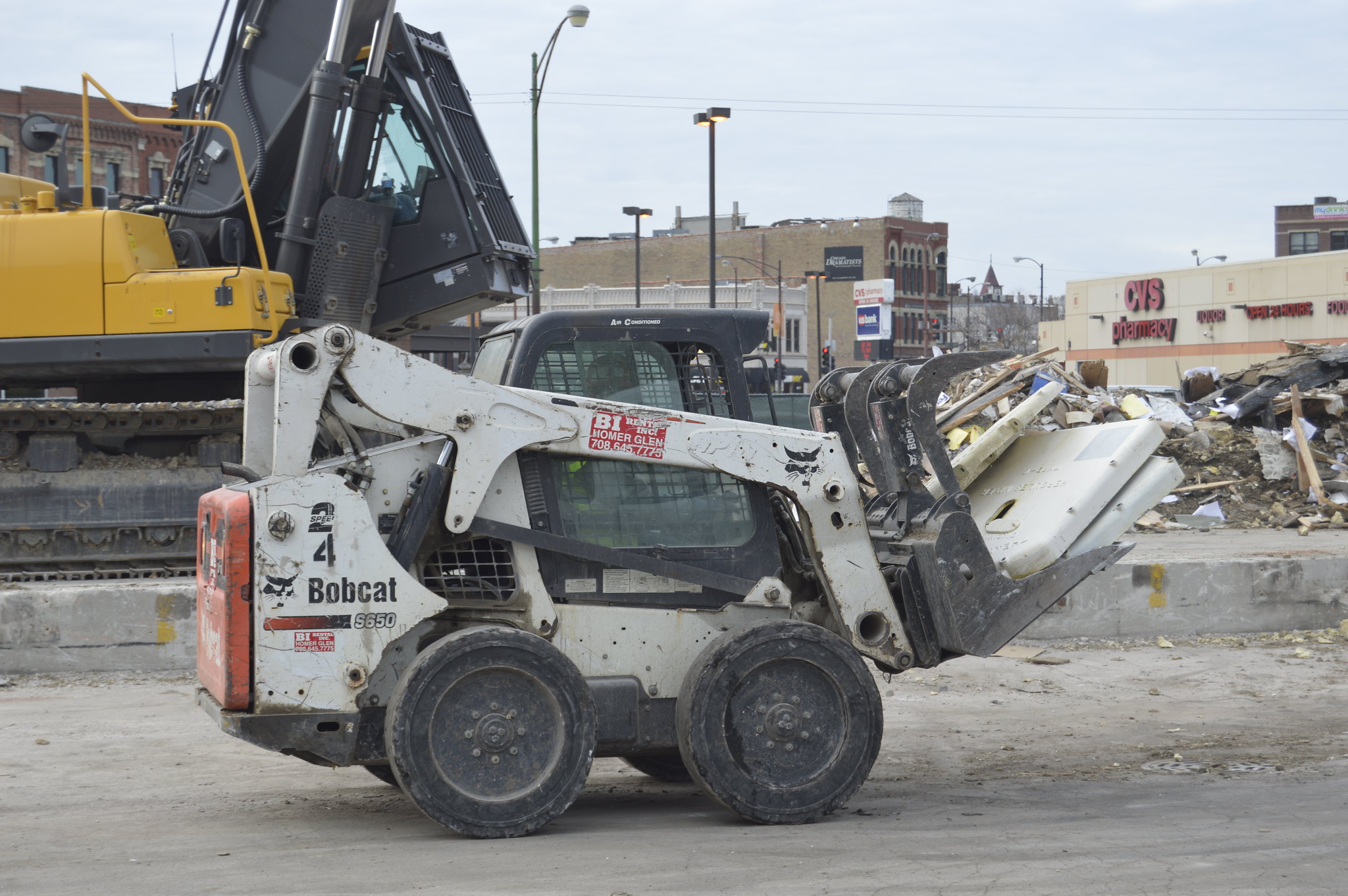Skid loaders can take on nearly any industrial role with ease. From moving snow to trenching to preparing sod to demolishing interiors, skid steers can do it, thanks to their agile, compact design. When using a skid steer for different jobs, it is important to consider how the task at hand will impact engine performance. The skid steer manager must appreciate how to protect the engine so it will enjoy a long life. We will take a look at three different skid steer loader applications, and how each affects engine performance.
Engine Outcomes for Three Common Skid Loader Tasks
1. Bucket Loading
This was the original reason why the skid steer came into existence. The lift arms, along with a tight turning radius, allow it to handily move materials, even in compact spaces. From snow to dirt to manure, the bucket loading power from a skid steer is helpful on construction sites, farms, golf courses, and more.
Engine impact: If you are moving heavy materials, bucket loading will require plenty of torque, meaning the ability of the engine to turn the crank. Torque is the best description of engine power. Horsepower actually describes how quickly the engine can get work done. Still, horsepower is a good quick reference point to approximate machine strength. In general, smaller skid steer frames correspond to less power:
Small Skid Steer: 1,750 pounds or less, under 50 HP
Medium Skid Steer: 1,750 – 2,200 pounds, 50 – 70 HP
Large Skid Steer: More than 2,200 pounds, over 70 HP
So, if you will be moving heavy loads, look for larger skid steers that can handle more torque. Also consider how you will be handling the materials. If you will be loading them into a dump truck, for instance, a larger skid steer with longer arms may perform best.
2. Landscaping/Farming Work
Skid steer loaders are top performers in the turf and landscaping world. Their attachments can be quickly switched out to transition between multiple outdoor applications:
– Brush cutting
– Rototilling
– Moving hay bales
– Dispensing seed
– Leveling earth
– Splitting logs
– Mulching
– Driving posts
– Pulling trees
– Laying down sod
– Cutting grass
Engine Impact: Outdoor applications send more gunk into the engine. For instance, dust can build up until it blows a head gasket, a costly repair to make. Therefore, it is crucial to perform regular oil changes, filter changes, and other basic engine maintenance tasks when using a skid steer in landscaping and farming tasks. The best approach is to create a written maintenance schedule, and then follow it religiously. Doing so will extend the life of your skid steer engine. Do not ignore daily engine checks, either. Over time, those five minutes of daily maintenance checks can save you thousands of dollars in equipment replacement and repair costs.
3. Grading and Road Building
When equipped with augers, drill bits, and heavy-duty bucket attachments, skid steers can complete tough excavating and road construction tasks. Wheel saws and planers are additional attachments for road preparation. Road site preparation may also require forestry cutters and tree pullers, for readying the landscape.
Engine Impact: Such harsh work requires a terrific amount of torque, so large frame machines are required. Otherwise you risk overwhelming the engine. As with landscaping work, skid steers used for road preparation are exposed to dust, so they demand consistent maintenance. Finally, these high-impact applications require advanced hydraulics. While small- and medium-frame skid steers are often equipped with standard hydraulic systems, larger machines typically boast auxiliary hydraulics. These advanced systems ensure that enough oil is flowing through the system, and at high enough pressure, to maintain healthy engine performance. An auxiliary hydraulic system allows you to use bigger, stronger attachments.
With proper maintenance and load consideration, your skid steer loader will perform magnificently for many years. For any questions about selecting the right engine for your skid steer, contact Repower Specialists and our representatives will be glad to assist you.
[Photo from Arvell Dorsey Jr. via CC License 2.0]

